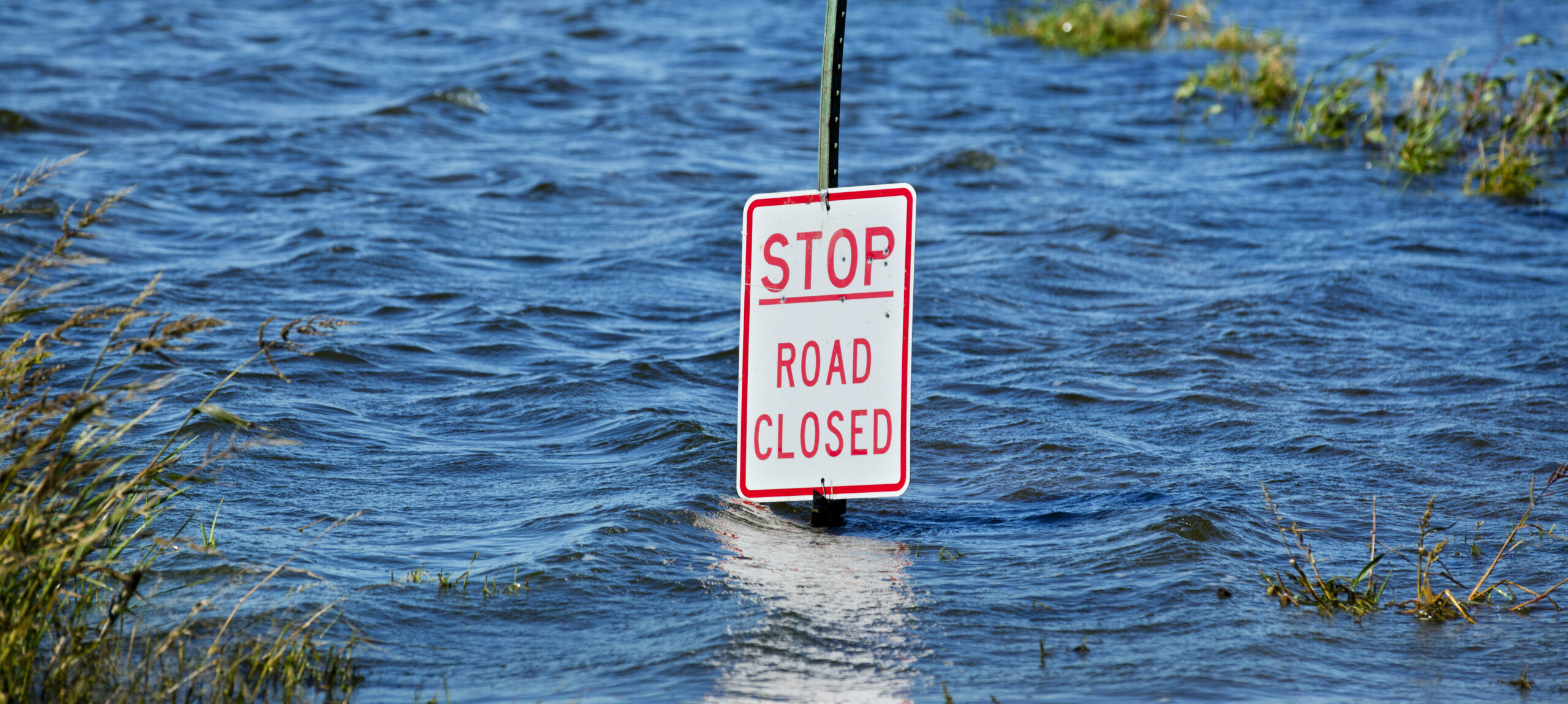Scholars to learn how climate change will affect future flooding patterns and Gulf Coast communities
Urban planning researchers at Texas A&M will soon begin the urgent task of projecting how climate change will affect future flooding patterns, air pollution, and how they specifically affect underserved communities, as part of a major new study funded by the U.S. Department of Energy.
“Climate conditions will change in the coming decades,” said Michelle Meyer, director of Texas A&M’s Hazard Reduction & Recovery Center and one of the lead scholars in the study. “We don’t know how future land use changes will affect the water cycle, water infrastructure, and air pollution levels, or how community-level investments and development changes will reduce climate impacts or disrupt current environmental processes.”
The critical need, she said, is for better and planning to support climate adaptation, specifically for less-resourced, but rapidly urbanizing areas along the Gulf Coast.
This knowledge is critical to community leaders and planners, who must make strategic decisions about the design of and funding for community infrastructures to deal with these changes over the next several decades.
Meyer will be joined in the study by Aggie urban planning scholars Dongying Li, Galen Newman and Nathanael Rosenheim, Garrett Sansom, a research assistant professor with the Texas A&M School of Public Health, and experts in community engagement from Texas A&M’s Texas Target Communities service learning program.
These scholars will be part of a larger group of project researchers focusing on the Beaumont-Port Arthur urban area to understand the complex intersection of climate adaptation needs, population diversity, natural hazard vulnerability, and ecological richness that characterize many urban centers along the U.S. Gulf Coast.
The area is also home to one of the nation’s largest petrochemical industrial complexes that is important to the national economy, but also vulnerable to damage and toxic releases during climate-induced disasters, in addition to chronic air and water toxic exposures that can raise the risk of cancer and other adverse health outcomes for local residents.
“The area includes a high number of people in traditionally underserved communities who have less access to health care and healthy environments, along with lower incomes that affect the amount of resources they have to adapt to changing environmental conditions,” said Meyer. These dynamics provide an appropriate area for learning how to ensure equity is increased when communities undertake climate change adaptation strategies.
Climate change presents a daunting set of issues that define urban planners’ careers. The planning field is uniquely positioned to address the social, environmental, and infrastructure challenges that climate change brings to their communities, said Meyer.
“With sea level rise, expanded flood zones, and changing temperatures associated with climate change, community planners and leaders will be faced with complex decisions about how we build and adapt – and, consequently, fund those needs. Their ability to use resources in ways that minimize not just climate change impacts but also address historic and ongoing environmental justice issues will set the stage for the future of American cities,” she said.
To better understand these complex issues, the Aggie researchers and additional teams of project scholars from the University of Texas, Lamar University, Prairie View A&M University, and Oak Ridge National Lab bring together expertise from numerous fields of study to combine observational, modeling and simulation research with social science and co-design to unravel complex, climate-change related impacts and adaptation strategies. Together, the scholars will create what the Department of Energy, which is funding the project, calls an urban integrated field laboratory to perform the research.
The Texas A&M Hazard Reduction & Recovery Center team will lead the social science component of the lab, one of three DOE-funded labs in the U.S. The other two labs will operate in Chicago and Baltimore.
The three labs are in three different urban regions that face different environmental and climate hazards, each with distinct and diverse disadvantaged populations. Each selected lab includes significant participation from local and minority serving institutions and will provide new opportunities at the research institutions to inspire, train, and support leading scientists who have an appreciation for the global climate and energy challenges of the 21st century.

